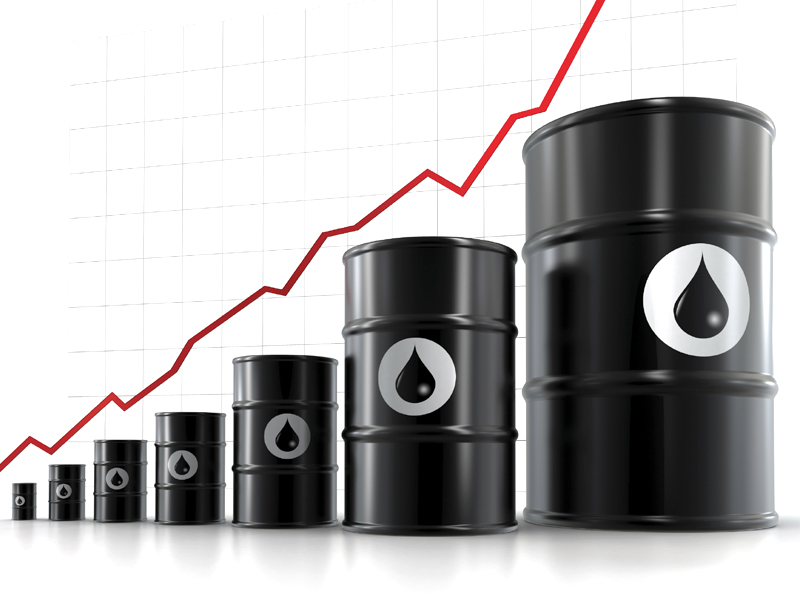In the dynamic world of oil and gas exploration and production, accurate subsurface mapping is crucial for identifying potential reservoirs, optimizing drilling operations, and maximizing hydrocarbon recovery. Depth conversion methodology, a fundamental process in the field of geophysics, plays a pivotal role in transforming seismic data into accurate depth maps of the Earth’s subsurface. In this article, we provide a simple guide to depth conversion and highlight its importance in the oil and gas industry.
What is Depth Conversion?
Depth conversion is a process used in geophysics to convert seismic data, which are typically measured in travel times (seconds), into depth measurements (meters or feet). Seismic data are collected using seismic surveys, which involve sending sound waves into the Earth’s subsurface and recording the reflections of these waves at various depths. Depth conversion involves transforming these reflections into accurate depth measurements, allowing geoscientists and engineers to visualize and interpret the subsurface geology more effectively.
The Depth Conversion Process
Depth conversion involves several steps, including:
Velocity Model Building: The first step in depth conversion is building a velocity model of the subsurface. This involves analysing seismic data to determine the velocity of sound waves at various depths. Velocity models are crucial for accurately converting travel times into depth measurements.
Time-to-Depth Conversion: Once a velocity model is established, seismic travel times can be converted into depth measurements using mathematical algorithms and equations. This process, known as time-to-depth conversion, considers the velocity of sound waves and the travel times recorded in seismic data.
Quality Control and Validation: After depth conversion, the accuracy of depth maps is validated through quality control processes. This may involve comparing depth-converted seismic data with well log data or other independent measurements to ensure consistency and accuracy.
Interpretation and Analysis: Depth-converted seismic data are then interpreted and analysed geoscientists and engineers to identify potential reservoirs, geological structures, and hydrocarbon prospects. This information is crucial for making informed decisions about drilling locations, reservoir development, and production strategies.
Importance in the Oil and Gas Industry
Depth conversion plays a critical role in the oil and gas industry for several reasons:
Reservoir Characterization: Accurate depth maps obtained through depth conversion enable geoscientists to characterize reservoirs more effectively, including their size, shape, depth, and geological properties. This information is crucial for optimizing drilling operations and maximizing hydrocarbon recovery.
Drilling Optimization: Depth-converted seismic data help identify optimal drilling locations pinpointing potential reservoirs and geological structures. This reduces drilling risk and enhances drilling success rates, leading to cost savings and improved operational efficiency.
Production Forecasting: Depth-converted seismic data provide valuable insights into the subsurface geology, allowing engineers to forecast production potential and plan reservoir development strategies. This enables companies to optimize production rates and maximize the economic value of their assets.
Risk Management: Accurate depth maps obtained through depth conversion help mitigate exploration and production risks providing a better understanding of subsurface geology and potential drilling hazards. This reduces uncertainty and enhances decision-making in exploration and development projects.
Depth conversion is a fundamental process in geophysics that plays a crucial role in the oil and gas industry. By transforming seismic data into accurate depth maps of the subsurface, depth conversion enables geoscientists and engineers to characterize reservoirs, optimize drilling operations, forecast production potential, and mitigate exploration and production risks. As the oil and gas industry continues to evolve, accurate subsurface mapping obtained through depth conversion will remain essential for maximizing hydrocarbon recovery and driving operational success.







